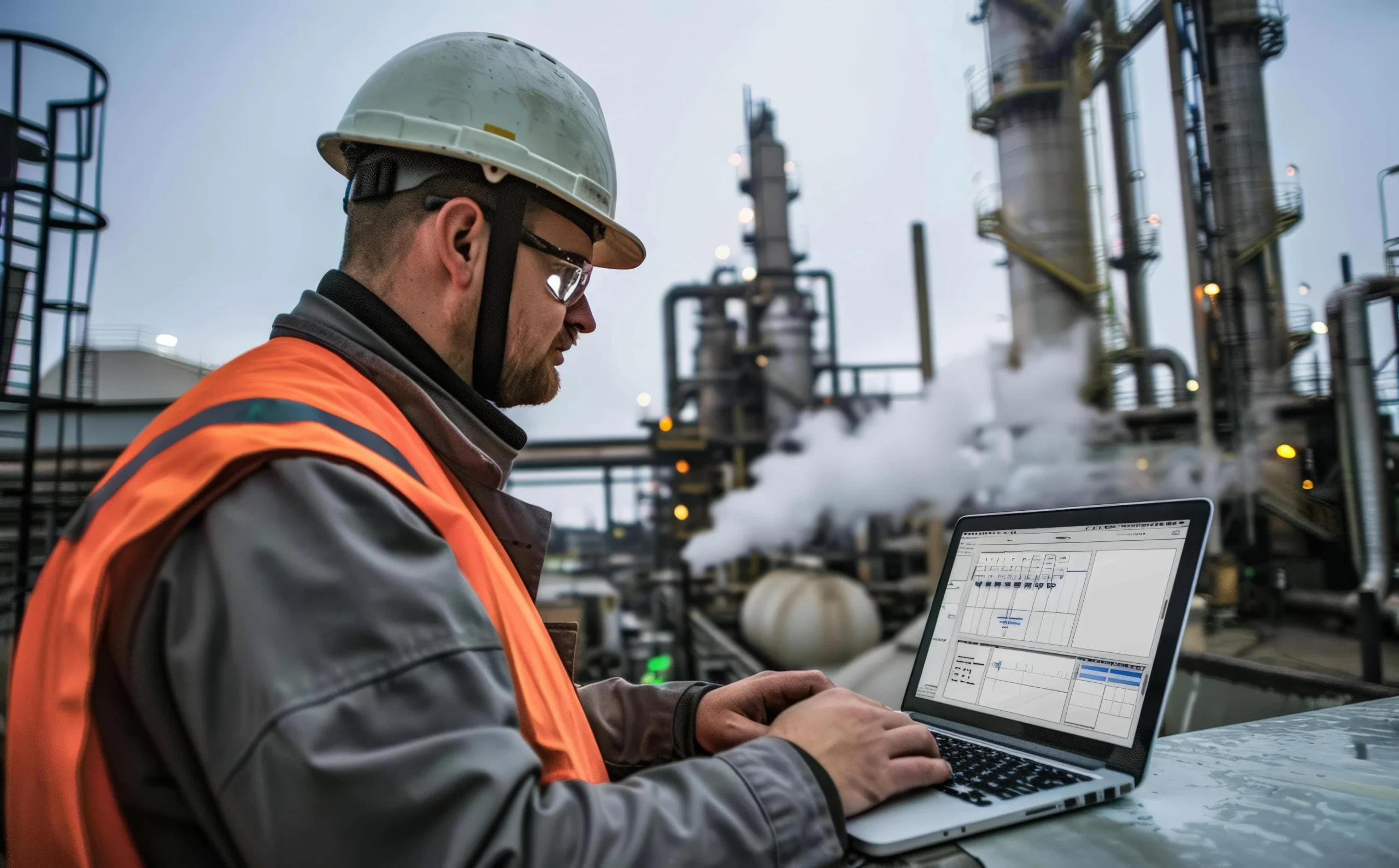18 total views
The oil and gas industry in the United States is undergoing a major digital transformation, fueled largely by advancements in artificial intelligence (AI). With operations that span exploration, drilling, refining, and distribution—each fraught with complexity and risk—AI is emerging as a critical tool in optimizing processes, improving safety, and reducing costs.
As energy companies modernize their infrastructure, they are increasingly turning to AI-driven solutions powered by advanced oil and gas software development. This trend is further supported by a growing ecosystem of technology providers, including every modern mobile app development company in USA that now customizes applications specifically for the energy sector.
Why the Oil & Gas Industry Needs AI
Oil and gas operations generate vast quantities of data—from seismic surveys and drilling operations to pipeline monitoring and refinery outputs. However, traditional data analysis methods fall short in converting this data into actionable insights.
Key challenges include:
- Manual decision-making delays
- Unplanned equipment failures
- Inefficient logistics and supply chains
- Regulatory compliance complexities
AI can address these challenges by enabling:
- Real-time data processing
- Predictive analytics
- Automated decision-making
- Safer and more sustainable operations
By embedding AI into oil and gas systems, companies are making smarter decisions faster and gaining a competitive edge.
AI Applications in Oil and Gas Software Development
1. Predictive Maintenance
AI-driven software monitors asset conditions and predicts equipment failures before they happen. Using machine learning algorithms and sensor data from machinery, AI reduces unexpected downtimes and prolongs asset life.
Benefits:
- Prevent costly repairs
- Schedule maintenance proactively
- Enhance operational uptime
2. Seismic Data Interpretation
AI can process terabytes of seismic and geological data in minutes, enabling faster and more accurate identification of hydrocarbon reserves.
Impact:
- Reduced exploration risk
- Faster time-to-market
- Better ROI on exploration efforts
3. Production Optimization
AI platforms dynamically adjust production rates and processes based on real-time data and forecasts.
Example Use Case:
- Adjusting pump speeds to match reservoir pressure in real-time.
4. Drilling Automation
AI algorithms automate drilling decisions using geospatial and performance data. They optimize drill paths, bit pressure, and flow rates, improving safety and reducing human error.
Results:
- Improved precision
- Shorter drilling cycles
- Lower operational costs
5. Supply Chain Efficiency
AI streamlines logistics by forecasting demand, optimizing routes, and managing inventory, especially in remote locations.
AI-Driven Features in Oil and Gas Apps
With mobile solutions increasingly supporting field operations, modern mobile app development companies in USA are embedding AI into oil and gas apps with features like:
- Real-time dashboards for equipment status
- Chatbots for instant query handling
- Remote monitoring apps integrated with IoT devices
- Geolocation and fleet tracking for mobile asset management
- AR interfaces supported by AI for maintenance training
These capabilities are crucial for on-the-go engineers and field operators who rely on mobile platforms for decision-making.
Case Study: AI-Powered Maintenance App in the Permian Basin
A mid-sized exploration company in Texas partnered with a leading mobile app development company in USA to build an AI-powered maintenance platform. The app used IoT sensors and machine learning to detect pressure anomalies in compressors.
Results:
- Reduced unplanned downtime by 35%
- Lowered maintenance costs by 20%
- Boosted safety compliance through predictive alerts
The Role of AI in Ensuring Safety and Compliance
AI can improve workplace safety and regulatory adherence in several ways:
- Monitor gas leaks and emissions via sensors and alert systems
- Analyze historical safety incident data to predict risk-prone conditions
- Enforce SOPs with AI-powered mobile checklists
By integrating AI into safety protocols, companies minimize hazards and align with OSHA and EPA guidelines.
Challenges of Implementing AI in Oil & Gas
Despite its benefits, AI integration comes with obstacles:
| Challenge | Solution |
|---|---|
| Data Silos | Consolidate with cloud platforms and APIs |
| Talent Shortage | Partner with experienced AI vendors |
| High Upfront Costs | Use phased deployment and cloud-based AI services |
| Cybersecurity Concerns | Implement end-to-end encryption and secure APIs |
Working with an experienced oil and gas software development firm can mitigate these challenges through proper architecture, planning, and execution.
How U.S. App Developers Are Leading the Change
Many startups and enterprises are now turning to a mobile app development company in USA to build scalable, AI-infused oilfield apps. These developers specialize in cross-platform tools like React Native and Flutter, and use backend AI services from AWS, Azure, and OpenAI to power intelligent functionalities.
Key Advantages of U.S.-based App Developers:
- Knowledge of energy industry standards
- Experience in integrating AI APIs and cloud tools
- Onshore collaboration and faster delivery cycles
The Future of AI in U.S. Oil & Gas
Here’s what the next few years could bring:
🔹 AI at the Edge
Field devices and sensors running AI models locally, reducing latency and ensuring uninterrupted operations in offline environments.
🔹 Autonomous Oilfields
AI will enable fully automated operations—from drilling to transport—with minimal human intervention.
🔹 AI and Sustainability
Smarter energy usage, emissions tracking, and carbon offsetting powered by predictive and prescriptive AI tools.
🔹 Digital Twin Evolution
More oil companies will use AI-enabled digital twins to simulate and optimize operations in real time.
Conclusion
The convergence of AI and oil and gas software development is not just a trend—it’s a necessity. From minimizing downtime and maximizing output to improving safety and sustainability, AI is unlocking unparalleled value for energy companies in the USA.
As field operations become more mobile-centric, partnering with the right mobile app development company in USA will be crucial to integrating AI functionalities into user-friendly, on-the-ground tools. These applications help bring real-time intelligence directly to engineers, field workers, and decision-makers—where and when it’s needed most.
The U.S. oil and gas industry stands at the forefront of digital innovation, and AI is leading the charge.

